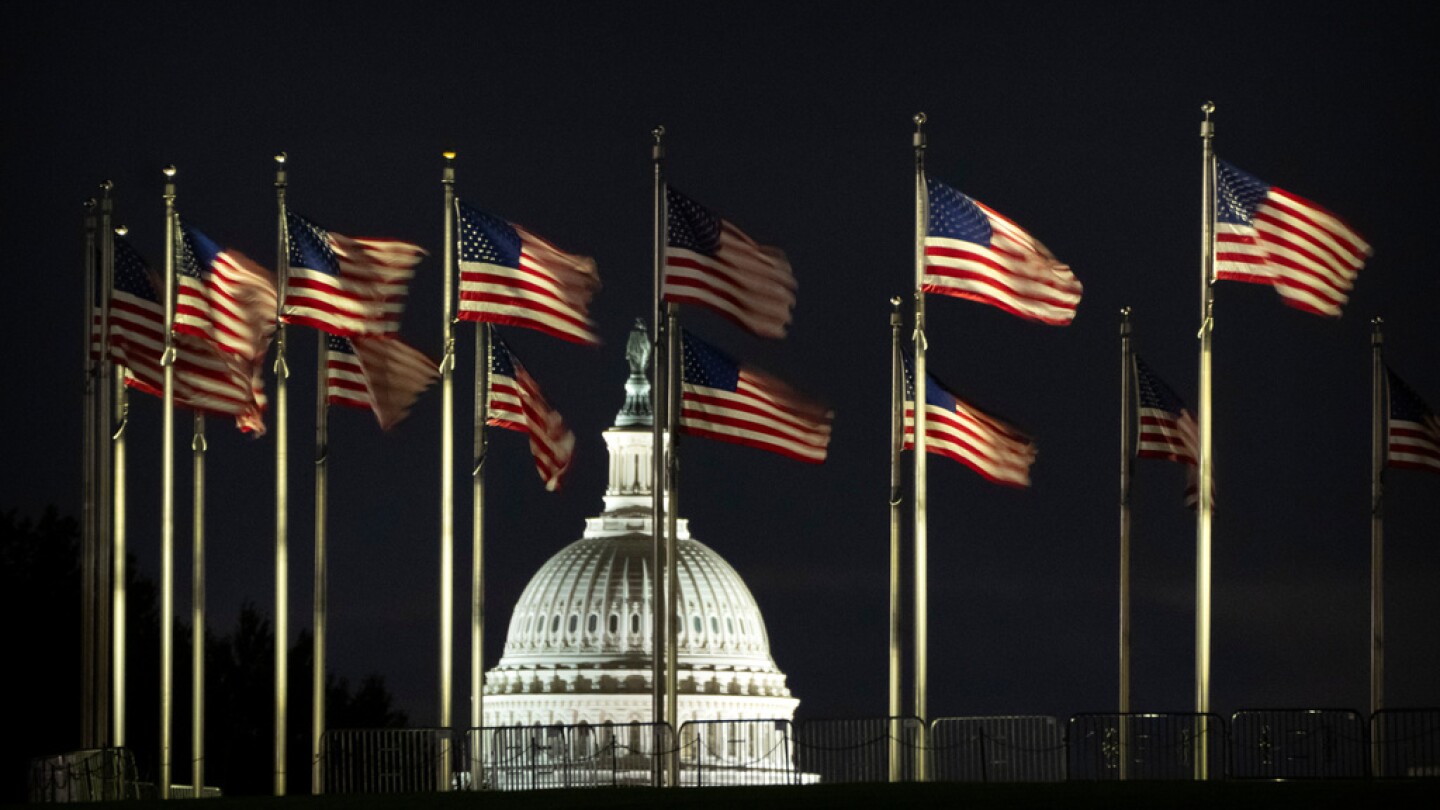A vote to end the government shutdown hours after it began failed Wednesday, as Democrats in the Senate held firm to the party’s demands to fund health care subsidies that President Donald Trump and Republicans refuse to extend.
The tally showed cracks in the Democrats’ resolve, but the outcome also left no breakthrough. Blame was being cast on all sides on the first day of the shutdown. The White House and Congress failed to strike an agreement to keep programs and services open, throwing the country into a new cycle of uncertainty.
At issue are tax credits that have made health insurance through the Affordable Care Act more affordable for millions of people since the COVID-19 pandemic. The credits are set to expire at the end of the year if Congress doesn’t extend them — which would more than double what subsidized enrollees currently pay for health insurance premiums, according to a KFF analysis.
Here’s what to know:
What a government shutdown means: When a lapse in funding occurs, U.S. law requires federal agencies to cease activity and furlough “non-excepted” employees. Excepted employees stay on the job but don’t get paid until after the shutdown ends.Health care demands: Democrats want the health care subsidies extended now, for Republicans to reverse the Medicaid cuts that were enacted over the summer, and for the White House to promise not to rescind congressional spending. Republicans say there’s still time to negotiate on health care this year, but stopgap funding for the government is the priority.Some federal services will halt: All administrations get some leeway to choose which services to freeze and which to maintain in a shutdown. FBI investigators, CIA officers, air traffic controllers and agents operating airport checkpoints keep working. Those programs that rely on mandatory spending also generally continue during a shutdown. Trump’s immigration crackdown will also continue.

